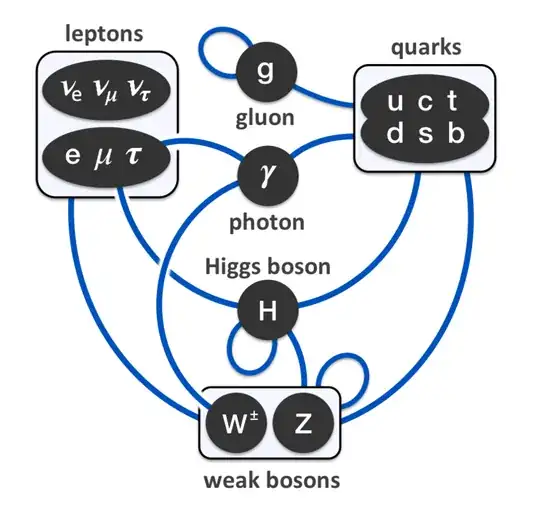First, let me point out that, up until recently when neutrino flavour oscillations were established experimentally, neutrinos masses were apparently consistent with $0$, removing the need for a neutrino mass term in the SM Lagrangian altogether. Now, they are believed to be $\sim <0.2$ eV.
There are essentially three reasons why the neutrino mass is zero in the SM:
- The SM is renormalizable.
- The SM Higgs appears in an $SU(2)_L$ doublet.
- There are no right-handed neutrinos.
So it should be clear at this stage that, in order to make your neutrinos massive, you need to go beyond the SM, by breaking one or several of the above points. For instance, you could 1) introduce higher-order operators (non-renormalizable), 2) add more Higgses (no longer constrained to living in an $SU(2)_L$ doublet), or 3) postulate a right-handed neutrino.
Let's go with 3).
It's not my intention to give a complete derivation of the Higgs mechanism and the generation of masses in the SM, but suffices to say that you need to couple the Higgs both to a left- and a right-handed fermions in order to get the desired mass term. For example, the left-handed electron and electron neutrino live together in a $SU(2)_L$ doublet, which couples through the Higgs to a singlet - the right-handed electron. Because of that experimentally-motivated imbalance (remember that the SM is pretty much built from phenomenology - we can add by hand a right-handed neutrino the day it is discovered), the electron neutrino is left out of the resulting mass term.
Now you see that if we break condition 3) above and manually add in that right-handed neutrino, we move from a right-handed singlet to a doublet, and the mass term follows.
Here's a complication. The mass term we're building for the neutrino is a so-called "Dirac" mass term, that couples left- and right-handed components. This is assuming the neutrino and the anti-neutrino are distinct particles, much like the electron and positron are. But since the neutrino is electrically neutral, there's always the possibility that it might be Majorana; that is, it might be its own antiparticle.
So, for a Dirac neutrino, we need to include its right-handed version in the mix. But for a Majorana one, it's technically possible to build a mass term out of only the left-handed component. Why haven't we done it? Because it breaks lepton number conservation (bad!).
Again, the solution to that Majorana problem is either to introduce extra Higgses (2) or higher-dimensional coupling operators (1), or more straightforwardly, a right-handed neutrino (3). In that third case, you'll have a RR mass term, a LL one, but also a Dirac LR! the latter restoring total lepton number conservation.
One final point. If there is such need for a right-handed neutrino, how haven't we seen it yet? A popular model (or class of models) is the so-called "see-saw mechanism", whereby the mass scale of the RR term is very large (which is nice, because you can then associate it to a possible GUT or string scale), which then leads the inversely proportional LL term to be very small. This solves both the question of why we've only seen one handedness of neutrinos, and saves us from adding in an apparently not otherwise motivated extremely small mass term by hand (that would be a naturalness problem).
